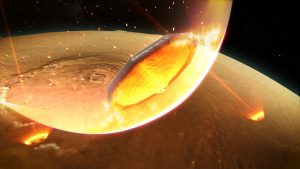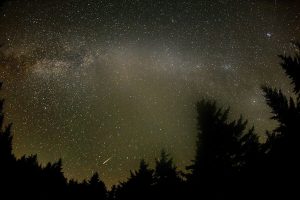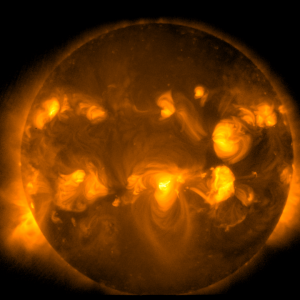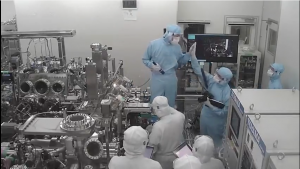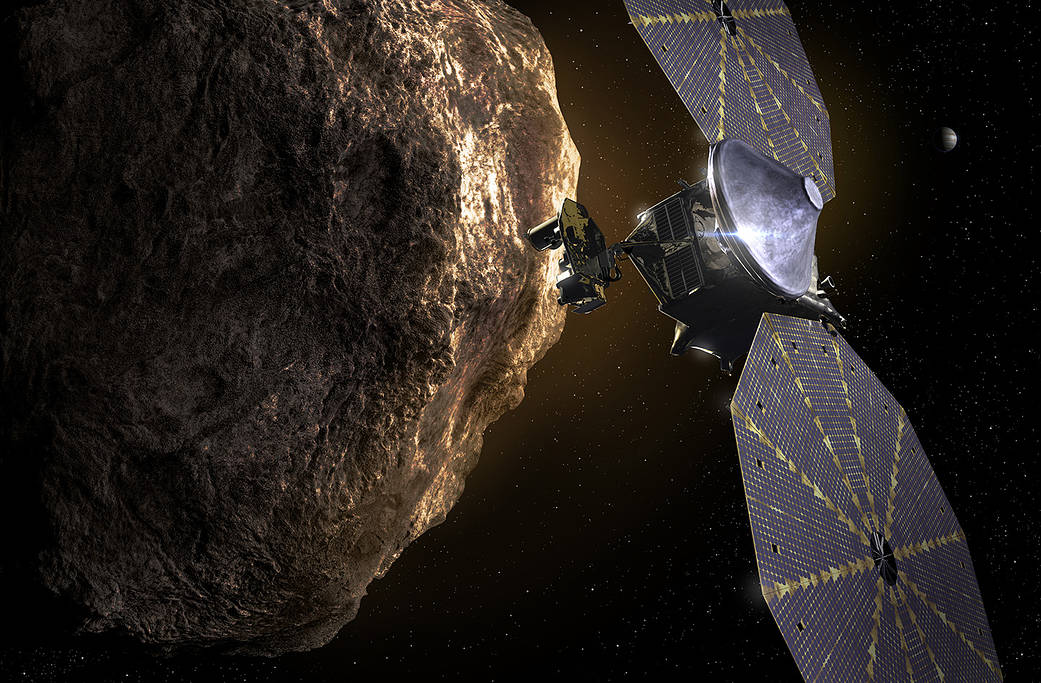
Global Space News: NASA’s Lucy mission heads for the Jupiter Trojans
On October 16, NASA’s Lucy mission began its twelve year journey to explore the Jupiter Trojans; two groups of asteroids that cluster along Jupiter’s orbit and circle the Sun either side of the giant gas planet. The NASA mission will be the first to explore the Trojans, which are believed to be remnants of the material that formed the giant planets of the outer Solar System.
The exploration of small celestial bodies such as asteroids and moons is a major focus of ISAS research. These tiny worlds formed as part of the early stages of planet formation, 4.56 billion years ago. While many became part of the growing planets themselves, the remaining small bodies were left to become time capsules of the material that built the Solar System we see today. Data from Lucy will be an essential piece in the jigsaw puzzle that reveals the distribution of planet-ingredients that circled the young Sun. A complete picture will help understand planet evolution, including the steps needed for a habitable world.
Professor Kuramoto Kiyoshi on the Martian Moons eXploration (MMX) Mission team, notes that the Trojans are a particularly exciting puzzle piece for ISAS, as their location may be where the moons of Mars first formed. Mars has two moons, Phobos and Deimos, that resemble asteroids in shape and spectra (reflected light). One theory is that the pair are captured asteroids that formed further away from the Sun but were scattered inwards by the gravity of the giant planets. Uncovering their formation mechanism is a major goal of the MMX mission.
Lucy’s destination, the Trojan Group region, may be the home of the Martian moons to be explored by MMX. Detailed information on the Trojan asteroids is very important for our MMX mission to understand the origin of the Martian moons and the large-scale transport of materials in the early Solar System. We wish Lucy all the best in revealing the true face of the Trojan asteroids.
Kuramoto Kiyoshi, Hokkaido University
The Trojan asteroids are thought to consist of a variety of different asteroid types, reflecting a range of compositions. Their potential volatile and organic content is especially exciting for understanding how these key compounds for life were formed and transported to the Earth. The journey of these organics is a particular focus for Principal Staff Scientist Arai Tomoko, Principal Investigator of the up-coming DESTINY+ mission.
Congrats on the successful launch of Lucy! Lucy will flyby multiple spectral types of primitive asteroids, such as C, D and P. These primitive asteroids are considered to consist of organics and volatiles that are likely unprocessed, providing clues to understand the early history of the Solar System materials and formation of our habitable Earth.
Arai Tomoko, DESTINY+ Principal Investigator, Principal Staff Scientist, Planetary Exploration Research Center, Chiba Institute of Technology
The DESTINY+ mission will launch in 2024 to flyby the Geminids-parent, active asteroid (3200) Phaethon, and directly analyze cosmic dust particles near to the Earth. Cosmic dust particles are generally more abundant in organics than in meteorites, and thus they could be prebiotic seeds of the early Earth. Phaethon is B-type carbonaceous asteroid that ejects dust near the Sun, and has a highly elliptical orbit which brings it to within 0.14 au of the Sun and extends up to 2.40 au from the Sun. The surface of Phaethon is heated up to 1000 K (about 730°C) during its perihelion passage, and thus carbonaceous materials on the surface are extensively processed. Together with Lucy, DESTINY+ will help understand the whole spectrum of thermal evolution of the Solar System materials and demonstrate the cosmic seeds of the terrestrial life. Best of luck!
Similar considerations interest Professor Tachibana Shogo on the Hayabusa2 team. Hayabusa2 visited a C-type asteroid, Ryugu, which is believed to be a class rich in hydrated minerals and organics and therefore a candidate for delivering these ingredients to Earth. But how will the Trojans compare?
I really look forward to seeing how C, D, and P-type Trojan asteroids look like; What are they composed of? Do they look similar to or different from C-type asteroid Ryugu, where Hayabusa2 got samples from? I also hope that the data from the Ryugu samples will contribute to the scientific interpretation of what Lucy will see there. Go Lucy!
Tachibana Shogo, Specially Appointed Professor, Astromaterials Science Research Group
ISAS also has worked to develop a mission to visit the Jupiter Trojans. While Lucy plans do perform a fly-by of a number of Trojan asteroids, the aim of the ISAS mission OKEANOS was to examine one Trojan in detail. Professor Yano Hajime explains the complementary goals have meant the two teams worked closely together when developing plans for the mission and he is delighted to see Lucy reach the launch pad.
The Jupiter Trojans are one of the last remaining frontiers that no spacecraft has ever visited in the Solar System. They may reveal direct evidence of planetary migration in the early history of the Solar System and, if so, exploring these asteroids will be equivalent to exploring Edgeworth-Kuiper Belt Objects at a distance of only 5.2 AU from the Sun. They are also dominated by D and P-type asteroids, the most primitive spectral types among the asteroid taxonomy. These are the scientific rationales for why ISAS has put efforts to realize the OKEANOS mission over the last two decades.
This mission was designed to take on the challenge of the world’s first rendezvous, landing, and sample return mission to a Jupiter Trojan asteroid, as part of a solar power sail technology demonstration in the outer planetary region. Although JAXA did not select the OKEANOS mission, NASA’s Lucy was a timely selection and now it has been successfully launched. The OKEANOS team collaborated closely with the Lucy team during their development phases because they are complementary for scientific investigations. While OKEANOS planned to deeply investigate one Trojan asteroid across scales from global mapping to sample analysis, Lucy serves as a pathfinder/prospector to study diversity and commonality among the Jupiter Trojan population by multiple fast flybys. I truly hope that humankind will finally reach to this final frontier with Lucy. God speed, Lucy!
Yano Hajime, Assistant Professor, Department of Interdisciplinary Space Science
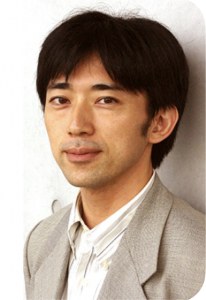
After a successful launch, telemetry from Lucy revealed that only one of the spacecraft’s solar arrays has correctly deployed. The second is reported to be between 75% – 95% unfurled, but nevertheless appears to be functioning well. We wish the Lucy team all the best in tackling this issue and offer our continual hopes for the success of this amazing mission.
“Global space news” is a chance for us to highlight important developments across the world and share our excitement of these achievements.
Further information:
Lucy mission website
Hayabusa2 mission website
The Martian Moons eXploration Mission website
DESTINY+ mission website


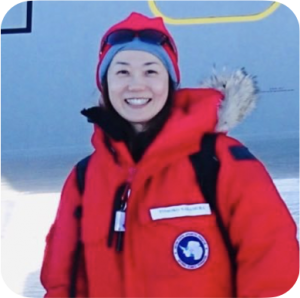

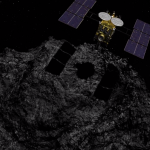 Previous Post
Previous Post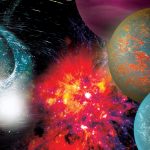 Next Post
Next Post